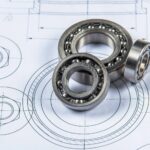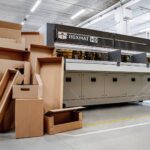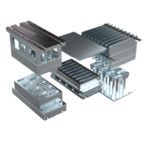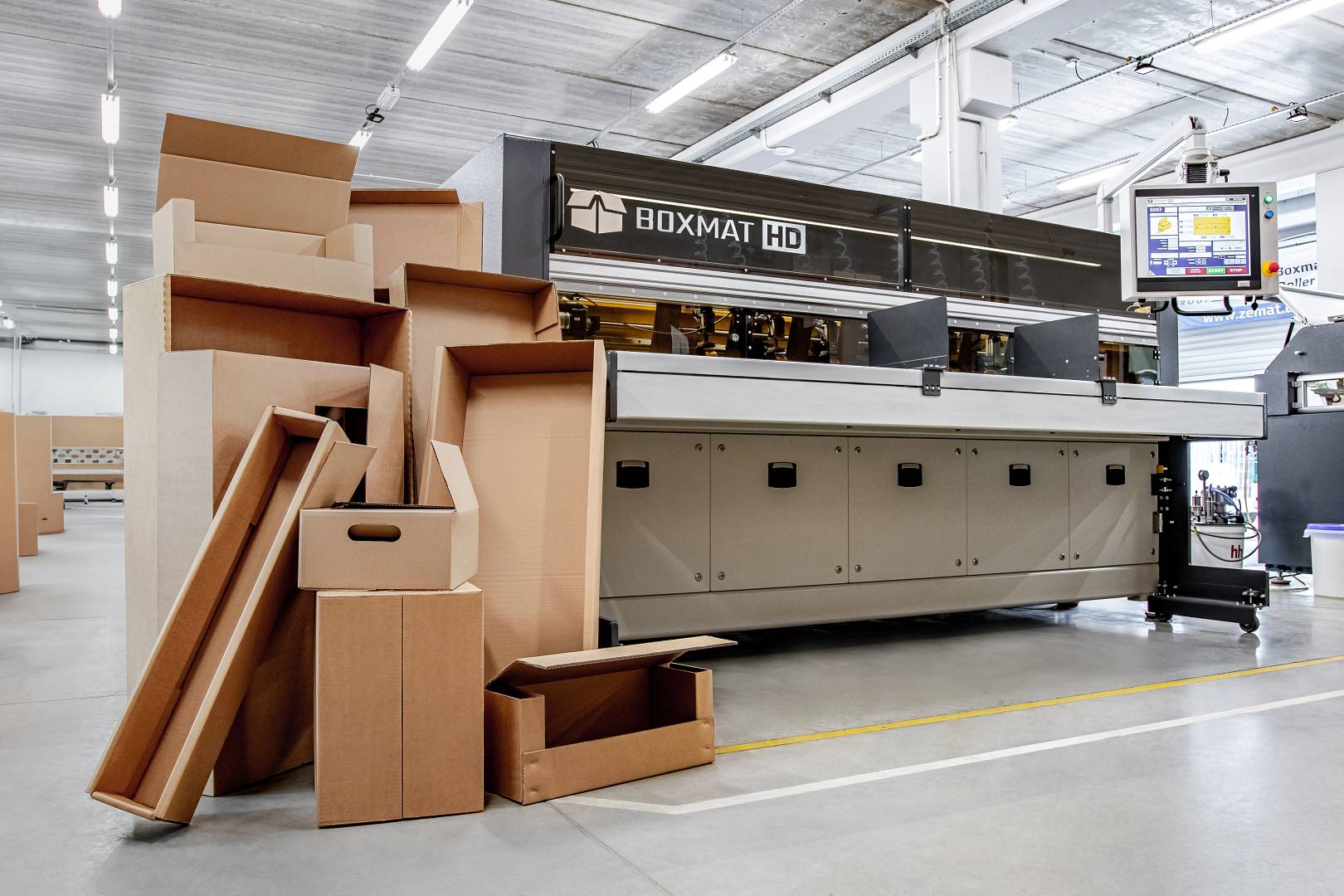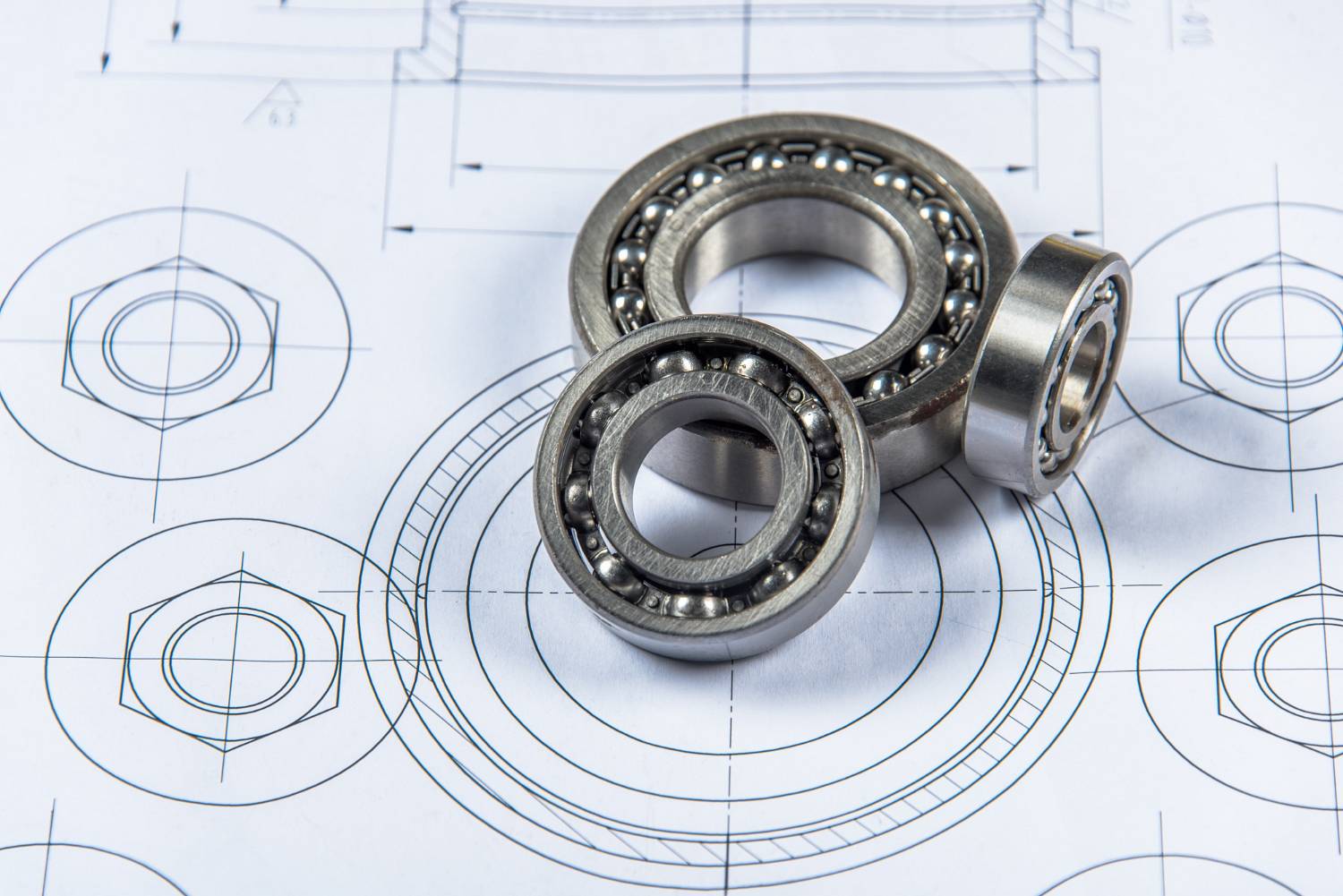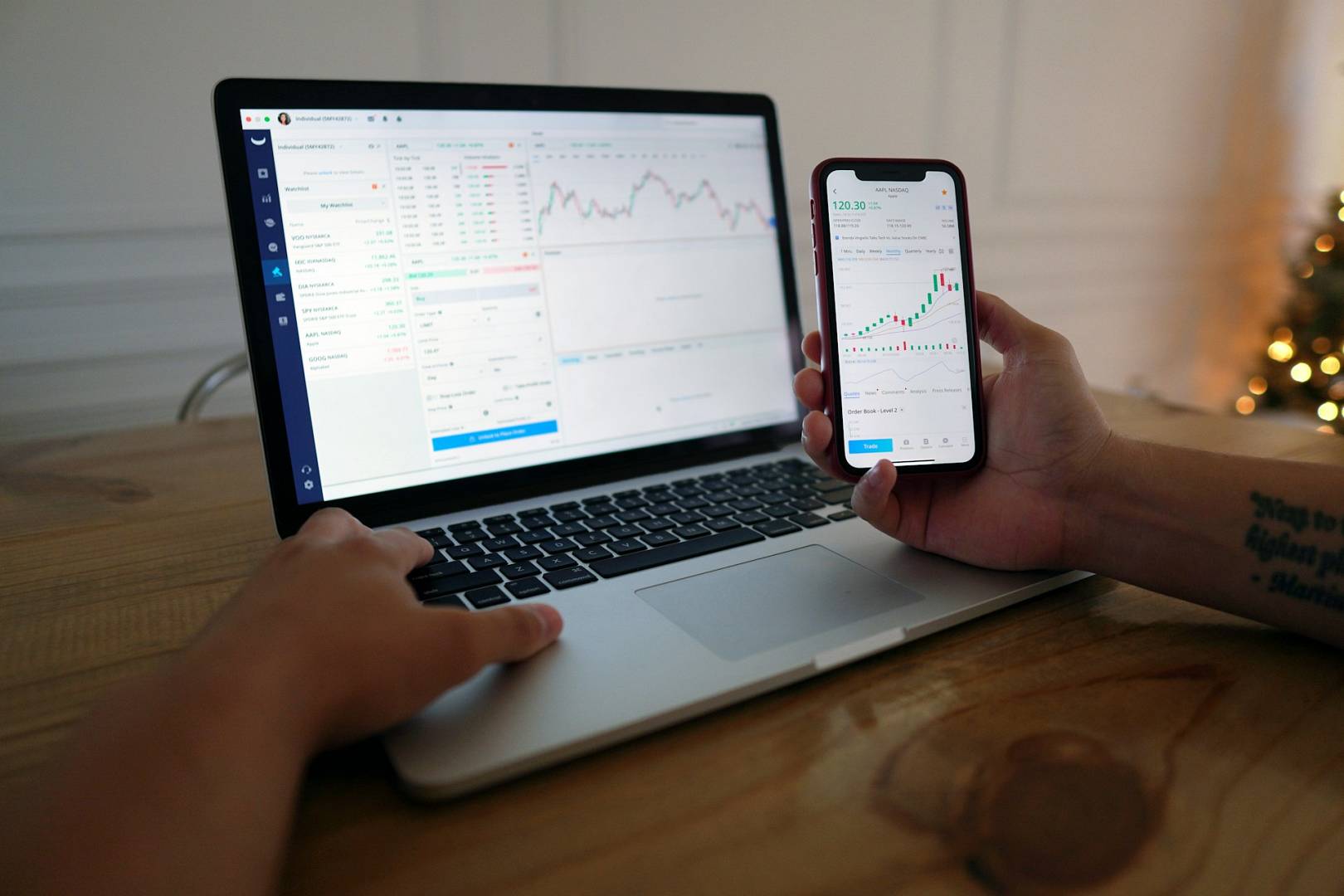Modern corrugated packaging production machines are reshaping the industry. With automation, precision, and modular design, they enable fast, on-demand box production — from small batches to full-scale industrial lines. Discover the technologies driving the future and what really makes a machine worth the investment.
Introduction to Corrugated Packaging Production Machines
Corrugated packaging production machines are at the heart of today’s rapidly growing packaging industry. With global e-commerce booming and logistics becoming increasingly time-sensitive, packaging companies require solutions that offer speed, precision, and adaptability. Manufacturers of corrugated boxes must now meet diverse customer expectations — including short-run orders, sustainability, and integration with digital production environments.
Modern corrugated box machines are designed to address these demands. They reduce material waste, minimize setup time, and provide seamless format changeovers. These advantages translate into greater competitiveness, especially in markets where responsiveness and flexibility define business success.
Key Features of Modern Corrugated Packaging Production Machines
Precision and Efficiency
Advanced machines feature high-speed cutting and creasing systems with intelligent format detection. Touchscreen interfaces, automatic positioning systems, and integrated sensors help minimize human error. As a result, every sheet of corrugated board is processed with millimeter precision — reducing waste and maximizing raw material use.
Flexibility for Short and Medium Runs
Unlike older-generation equipment built for mass production, today’s machines are optimized for flexibility. They handle various board types and sizes, making them ideal for short and custom runs. Whether producing ten boxes or a thousand, users benefit from fast changeovers and reliable quality.
Integration with Industry 4.0
Corrugated packaging production machines now offer full integration with ERP and MES systems. Real-time data collection, remote diagnostics, and barcode-controlled job setups are becoming standard. This digital connectivity supports predictive maintenance, cost tracking, and better decision-making — all in line with Industry 4.0 standards.
Types of Corrugated Packaging Production Machines
BOXMAT HD
The BOXMAT HD is the most versatile solution in the Boxmat product line. Designed for high-volume production, it supports full automation, fanfold input, and die-cutting modules. It’s particularly suited for facilities where production efficiency and minimal downtime are mission-critical.
BOXMAT PRO X
The BOXMAT PRO X offers modular flexibility. It can be configured with feeders, print heads, and folding systems — adapting to changing production needs. Its compact footprint and ease of operation make it a popular choice among mid-sized packaging operations.
BOXMAT X-CUT
For businesses that need cost-effective, short-run production, the BOXMAT X-CUT delivers exceptional value. It’s fast to set up, handles on-demand orders with ease, and requires minimal operator training. Ideal for companies entering the corrugated packaging market or expanding product lines.
Corrugated Board Feeding Systems – Enhancing Productivity
Standard Feeder (STD)
This default feeder allows for precise single-sheet pickup from a stack. It supports most board types and is included with every Boxmat machine.
Vacuum Feeder (VF)
Using suction instead of mechanical pushing, this feeder eliminates board deformation and ensures smooth feeding, even with warped sheets.
Fanfold Feeder (FF)
Designed for continuous fanfold operation, this feeder allows simultaneous feeding from up to four webs — ideal for variable-sized box runs.
Lightweight Feeder (LWF)
This automatic scissor-type feeder picks sheets directly from a pallet, reducing manual work. It’s best suited for frequent format changes and fast-paced production.
Heavyweight Feeder (HWF)
Built for oversized and heavy boards, this feeder works with hydraulic lifts and large roller conveyors, ensuring ergonomic and safe operation.
All feeder types use a plug & play modular connection system, making them easy to swap and adapt. This flexibility supports production scalability and efficiency.
Advantages of Investing in Advanced Corrugated Packaging Production Machines
Choosing modern corrugated packaging production machines brings clear operational benefits:
-
Lower material waste and energy consumption
-
Faster time-to-market for custom orders
-
Increased accuracy and reduced risk of defects
-
Full compatibility with smart factory systems
-
Scalability through modular design
In addition, machines like BOXMAT reduce the need for tooling, allow quick setup, and require minimal operator training — ensuring fast ROI and long-term savings.
Trends Shaping the Future of Corrugated Packaging Production
Sustainability is a defining force in packaging. Clients demand recyclable, minimal-material packaging that still protects contents. Corrugated board — already eco-friendly — becomes even more efficient with machines that reduce waste and optimize sheet usage.
Personalization is another key trend. Short-run packaging for niche markets, seasonal promotions, and e-commerce brands requires machines capable of fast changeovers and small batch production.
Lastly, automation is accelerating. According to Smithers’ industry forecast, global investment in automated corrugated production lines will increase by 6.1% annually through 2028. This growth reflects the need for integrated, data-driven production environments.
Conclusion – Choosing the Right Corrugated Packaging Production Machine
Selecting the right machine means balancing flexibility, automation, and total cost of ownership. Buyers should consider:
-
Average batch sizes and job frequency
-
Required board types and formats
-
Integration with existing systems
-
Potential for expansion and upgrades
Support and service also matter. Ongoing technical assistance, remote diagnostics, and operator training can make a real difference in long-term performance.
As the corrugated packaging market evolves, one thing is clear: investing in modern production machines is not just about speed — it’s about building a future-proof, sustainable business model that adapts to tomorrow’s challenges.

